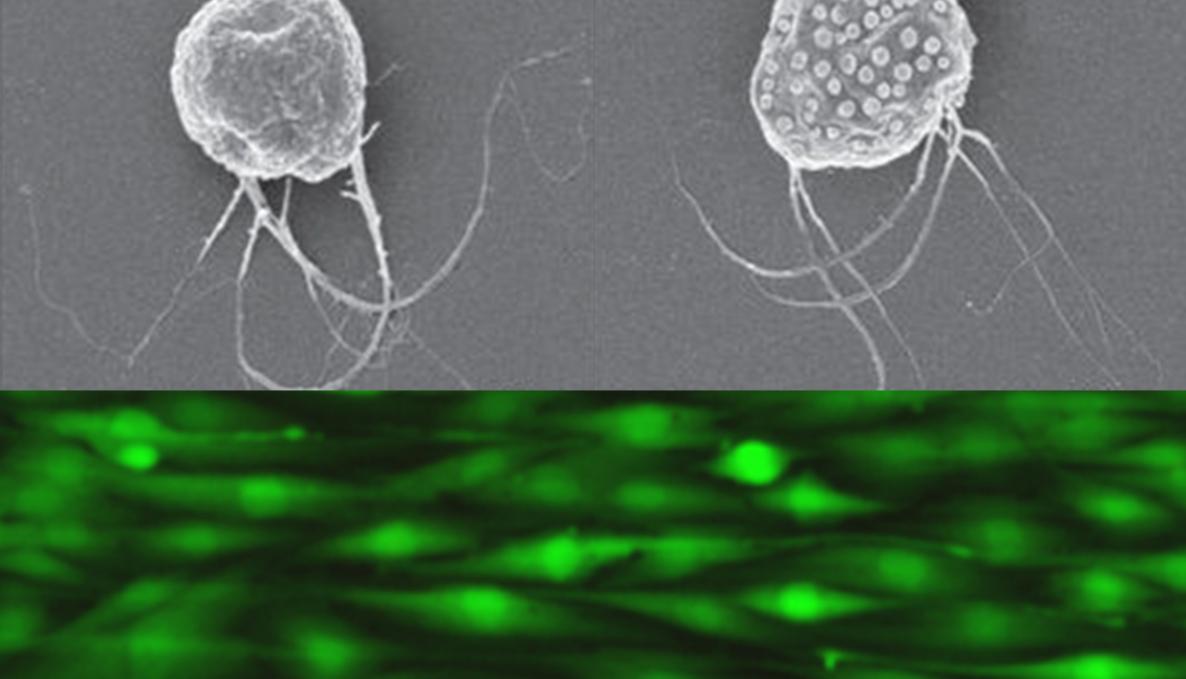BIO-HYBRID ACTUATORS FOR NON-CONVENTIONAL ROBOTICS: A PAPER BY RESEARCHERS OF SANT’ANNA School BIOROBOTICS INSTITUE PUBLISHED IN SCIENCE ROBOTICS JOURNAL

Bio-hybrid actuators based on the integration of properly engineered artificial structures and living bio-system paradigms are rapidly emerging at different scales. At the macroscale, soft robots are expected to lead to the development of squeezing, stretching, climbing, growing, and morphing devices. At the microscale, miniaturization of electronic controllers and sensors will enable scientists to design controllable robots as small as insects or even submillimeter devices.
Professor Leonardo Ricotti and the researchers of Sant’Anna School Biorobotics Institute recently published their paper “Bio-hybrid actuators for robotics: a review of devices actuated by living cells” in Science Robotics journal showing that biohybrid actuators have the potential to provide artificial devices with non-conventional performances at the macroscale and to enable the development of self-powered microrobots.
Organic, inorganic or hybrid devices can be used as biologically inspired autonomous robotic systems with significant motion capabilities. Still, controlled motion hampers the development of advanced robots, especially at small length scales. However, according to the study results published in Science Robotics, the bio-hybrid systems could scale force production by leveraging the performance of living cells and tissues and directly interfacing them with artificial components. This approach exploits the unique characteristics of biological cells and tissues: the combination of individual muscle cells with intrinsic molecular machinery which provides a scalable control scheme for modulation of force, deformation and stiffness. Actuation is a key function for the development of bio-hybrid robots that could change shape according to a specific command or by means of a fully integrated adaptive system, and provide an innovative solution for many future applications, such as nanorobotics applications in medicine – a human body exploration to provide improved detection of pathology, minimally invasive monitoring and screening.
“The paper published in Science Robotics - said Leonardo Ricotti - will drive efforts toward the development of long-term functional bio-hybrid machines. Our research team at the Biorobotics Institute of Sant’Anna School chose a bio-hybrid approach, in which artificial technologies are built around fully integrated biological systems that would open new horizons in robotics and bio-engineering”.
The paper was co-authored by an international research team. Authors include professors Paolo Dario and Arianna Menciassi (Sant’Anna School); Barry Trimmer (Tufts University, USA), Adam W. Feinberg (Carnegie Mellon University, USA), Ritu Raman (Massachusetts Institute of Technology, USA), Kevin K. Parker (Harvard University, USA), Rashid Bashir (University of Illinois at Urbana–Champaign, USA), Metin Sitti (Max-Planck Institute for Intelligent Systems, GERMANY), and Sylvain Martel (Polytechnique Montréal, CANADA).



